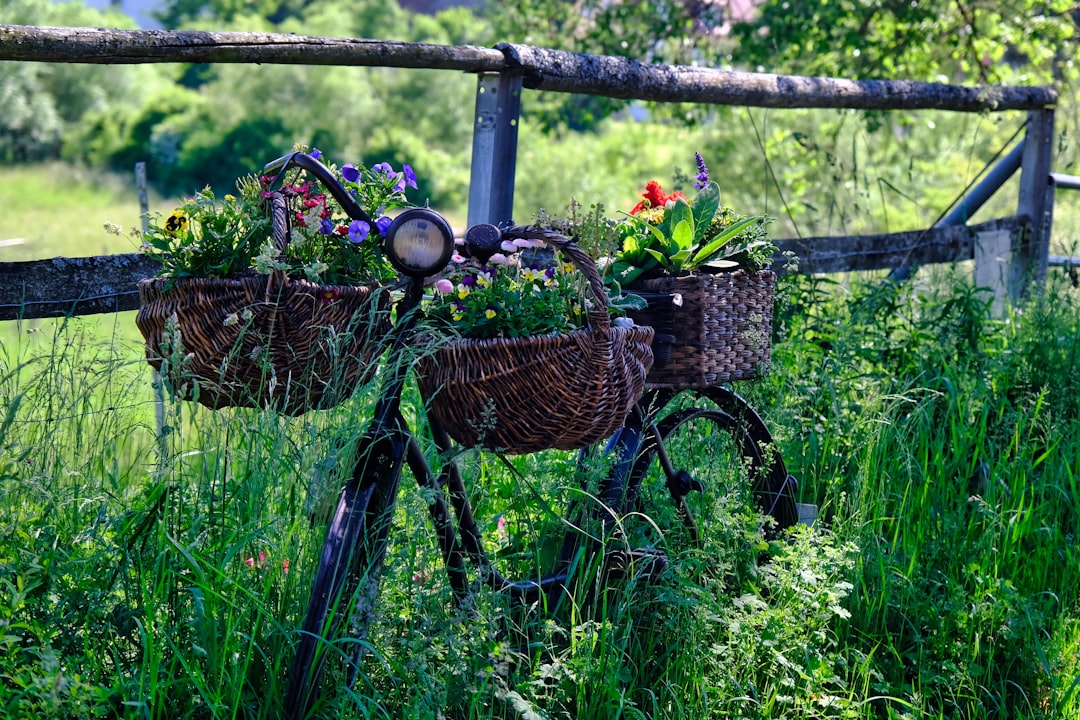
There's something truly magical about a garden filled with the vibrant hues of blooming flowers. Among the many perennials that can transform your outdoor space, the perennial black - eyed Susan stands out as a beacon of color and resilience. With its bright yellow petals that seem to capture the very essence of sunshine, this flower has the power to light up any garden and keep it looking lively until the first frost.
Perennial black - eyed Susans, scientifically known as Rudbeckia hirta, are native to North America. They are a popular choice among gardeners for several reasons. First and foremost, their appearance is simply stunning. The large, daisy - like flowers with their deep brown or black centers are a sight to behold. The contrast between the vivid yellow petals and the dark center creates a visual impact that is hard to miss.
When it comes to growing these beauties, the good news is that they are relatively easy to cultivate. They are well - adapted to a wide range of soil conditions, although they prefer well - drained soil. You can start them from seeds indoors about 6 - 8 weeks before the last expected frost. Sow the seeds in a seed - starting tray filled with a good quality potting mix. Keep the soil moist but not waterlogged, and place the tray in a warm, sunny spot. Once the seedlings have developed a few sets of true leaves, they can be transplanted outdoors.
Another option is to direct - sow the seeds in your garden after the danger of frost has passed. Choose a location that receives full sun for at least 6 hours a day. The more sunlight they get, the more profusely they will bloom. Prepare the soil by removing any weeds and loosening it to a depth of about 6 - 8 inches. Scatter the seeds evenly over the soil surface and lightly cover them with a thin layer of soil. Water gently to ensure good seed - to - soil contact.
One of the remarkable features of perennial black - eyed Susans is their long blooming period. They typically start blooming in mid - summer and continue to produce flowers until the first frost. This extended blooming time means that you can enjoy their beauty for months on end. To encourage continuous blooming, deadhead the spent flowers regularly. This not only keeps the plant looking tidy but also redirects the plant's energy towards producing new blooms.
Perennial black - eyed Susans are also great for attracting pollinators to your garden. Bees, butterflies, and other beneficial insects are drawn to their nectar - rich flowers. By planting these flowers, you are not only adding beauty to your garden but also supporting the local ecosystem. The presence of pollinators can also help improve the yields of other plants in your garden, such as vegetables and fruits.
In terms of maintenance, these perennials are quite low - maintenance. They are drought - tolerant once established, so you don't have to worry about watering them constantly. However, during prolonged dry spells, it's a good idea to give them a deep watering to keep them healthy. Fertilizing is also not necessary, but if you want to give them a boost, you can apply a balanced, slow - release fertilizer in the spring.
As the growing season comes to an end, you can leave the seed heads on the plants. The seeds will provide food for birds during the winter months. This adds an extra element of wildlife - friendly gardening to your landscape. In the spring, you can cut back the dead foliage to make way for new growth.
In conclusion, growing perennial black - eyed Susans is a rewarding experience. Their bright yellow flowers bring a touch of sunshine to your garden, and their long blooming period ensures that you have a colorful display for a significant part of the year. Whether you are a seasoned gardener or a beginner, these perennials are a great addition to any garden. So, why not give them a try and see the difference they can make in your outdoor space?
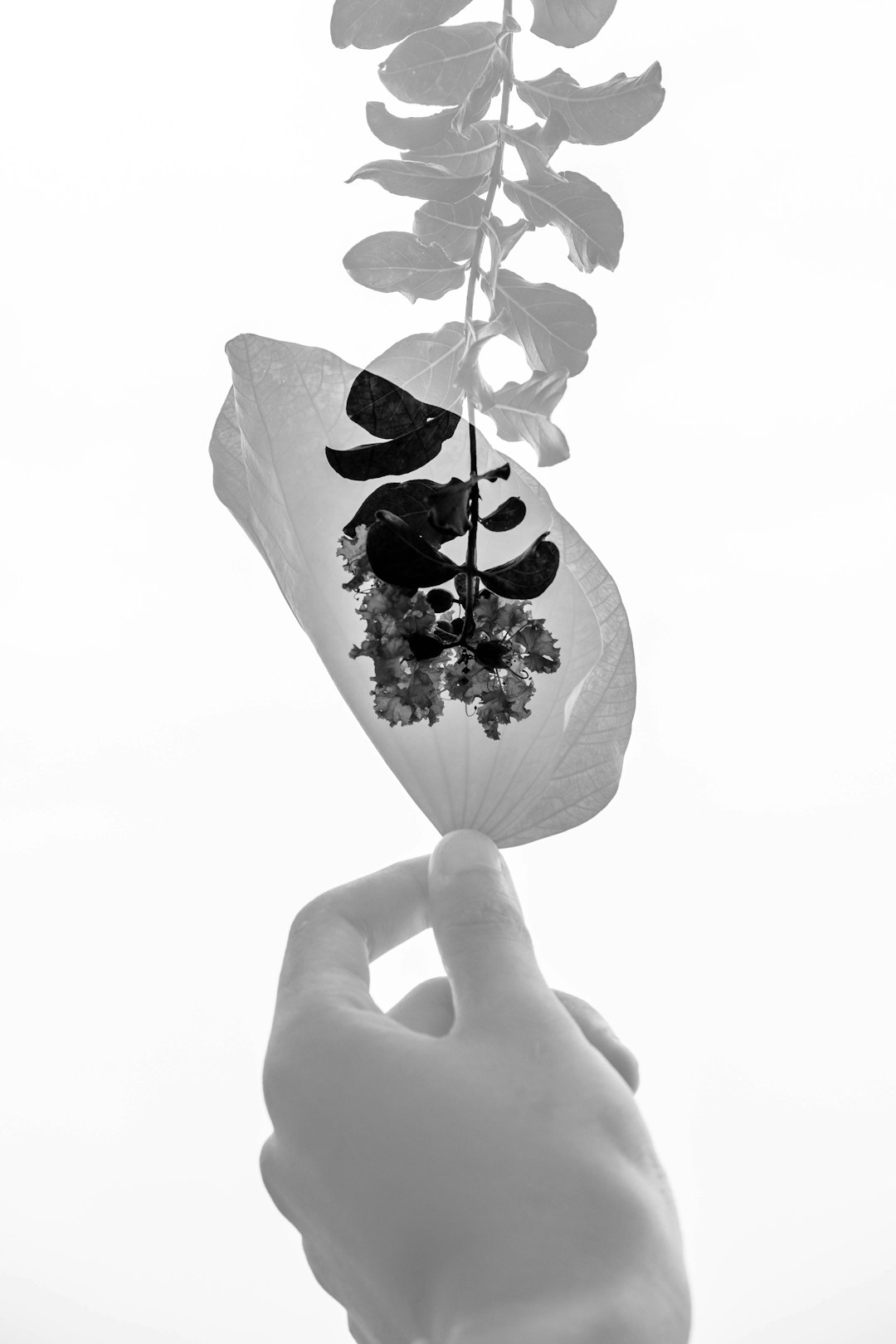
The Secret to Squirrel - Free Potted Plants
The Secret to Squirrel - Free Potted Plants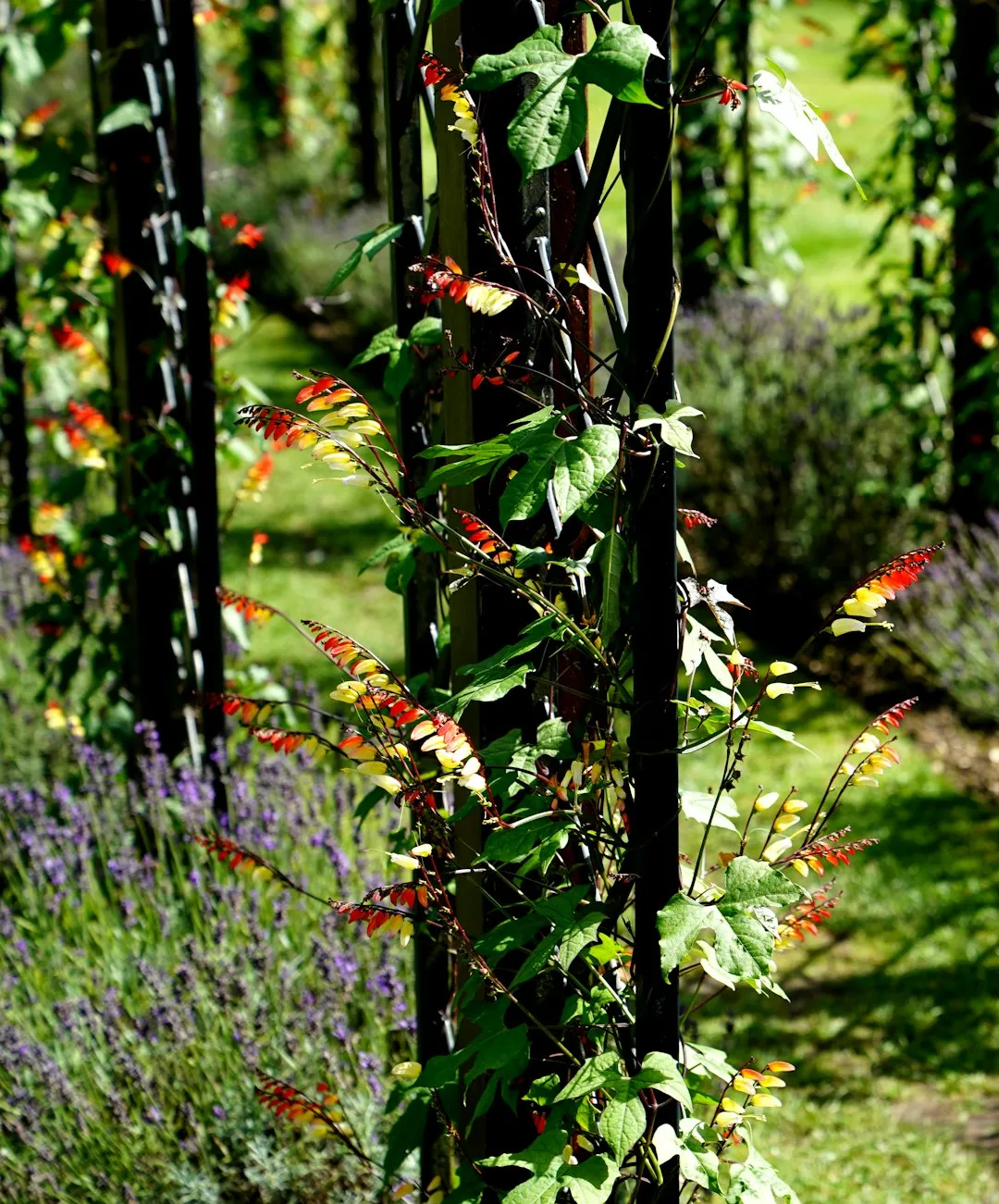
Sweet Rewards: Cultivating Berries in Containers
Sweet Rewards: Cultivating Berries in Containers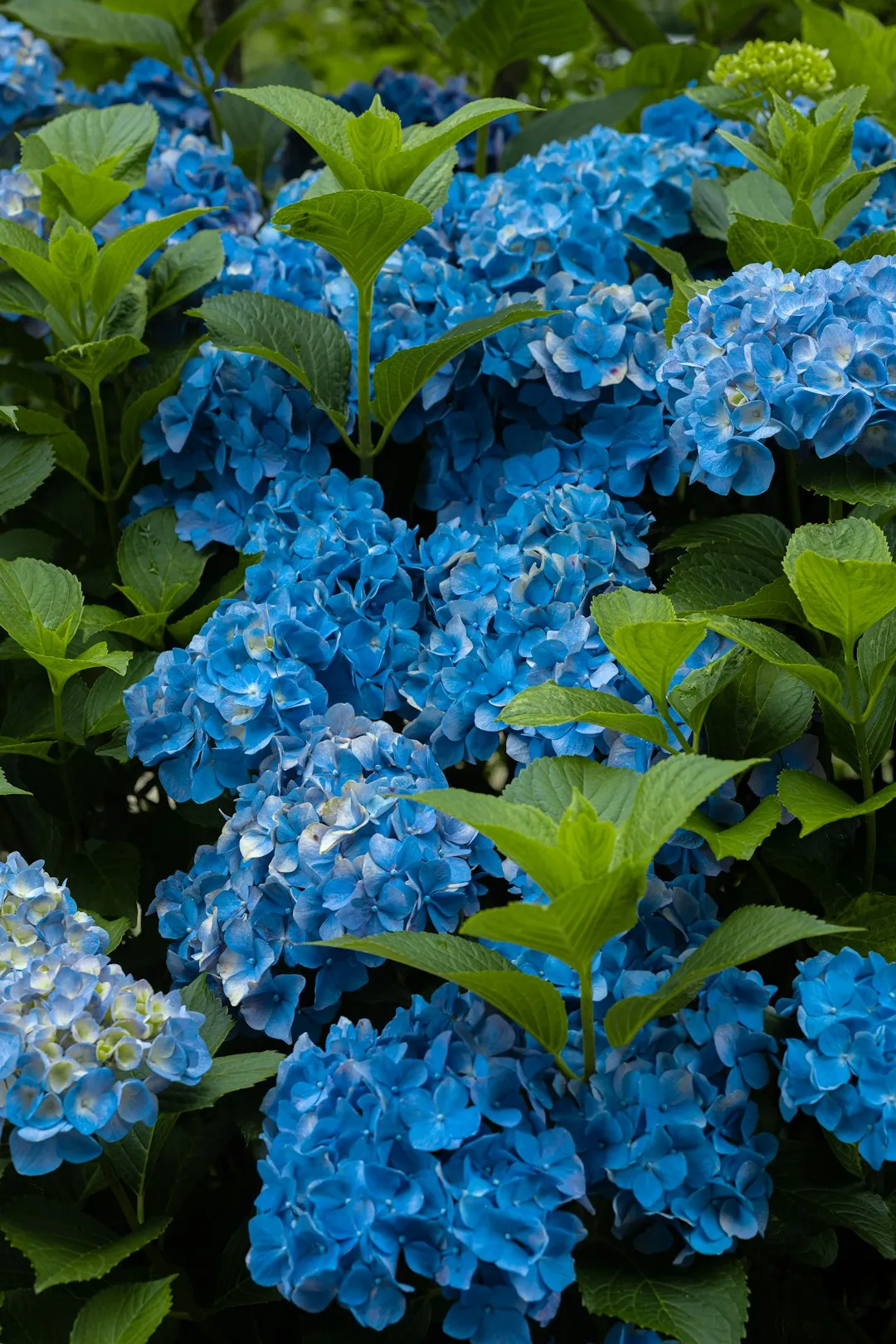
Unveiling the Secrets of a Stunning Lawn
Unveiling the Secrets of a Stunning Lawn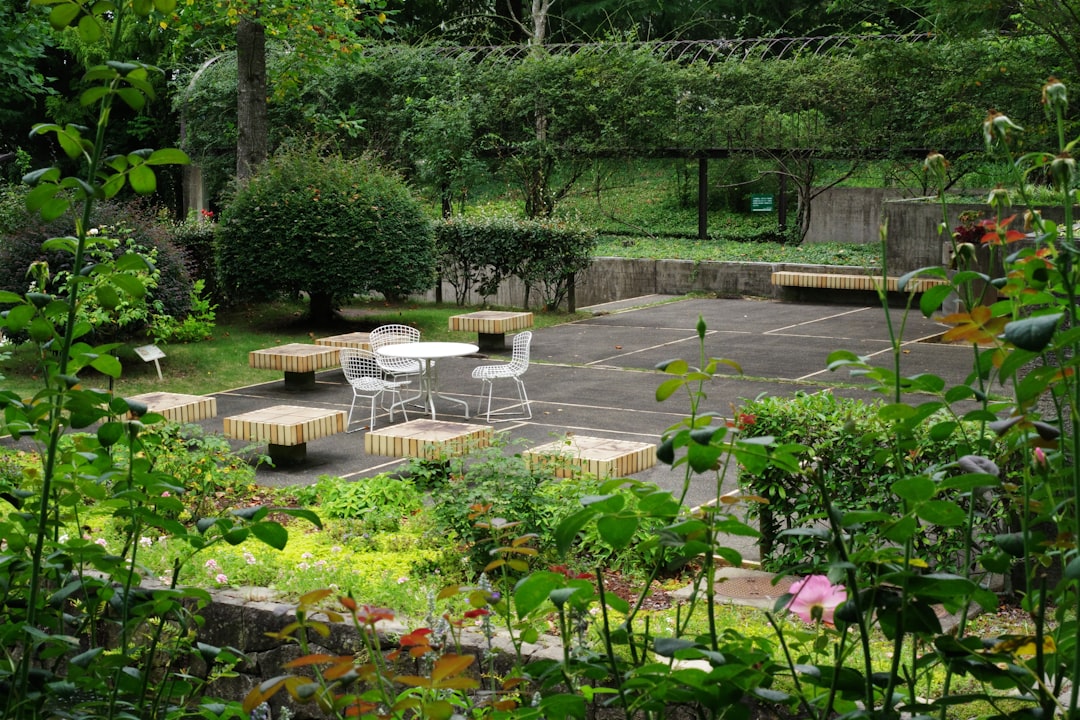
Fall Lawn Maintenance: The Key to a Healthy Yard in Winter
Fall Lawn Maintenance: The Key to a Healthy Yard in Winter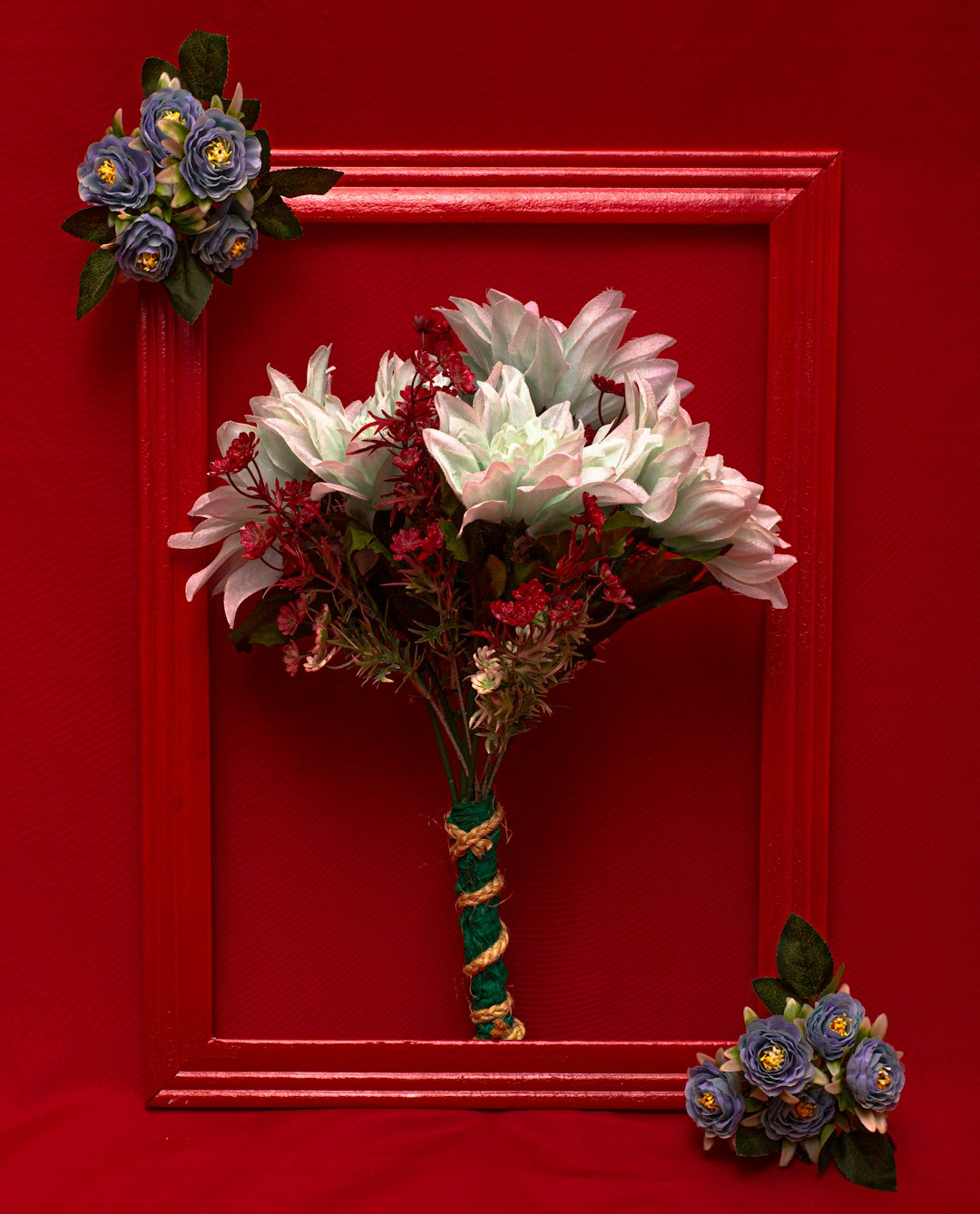
The Secret to Soil Amendment Without Uprooting Your Plants
The Secret to Soil Amendment Without Uprooting Your Plants
Unleash Your Garden's Potential: The Art of Seed Collection
Unleash Your Garden's Potential: The Art of Seed Collection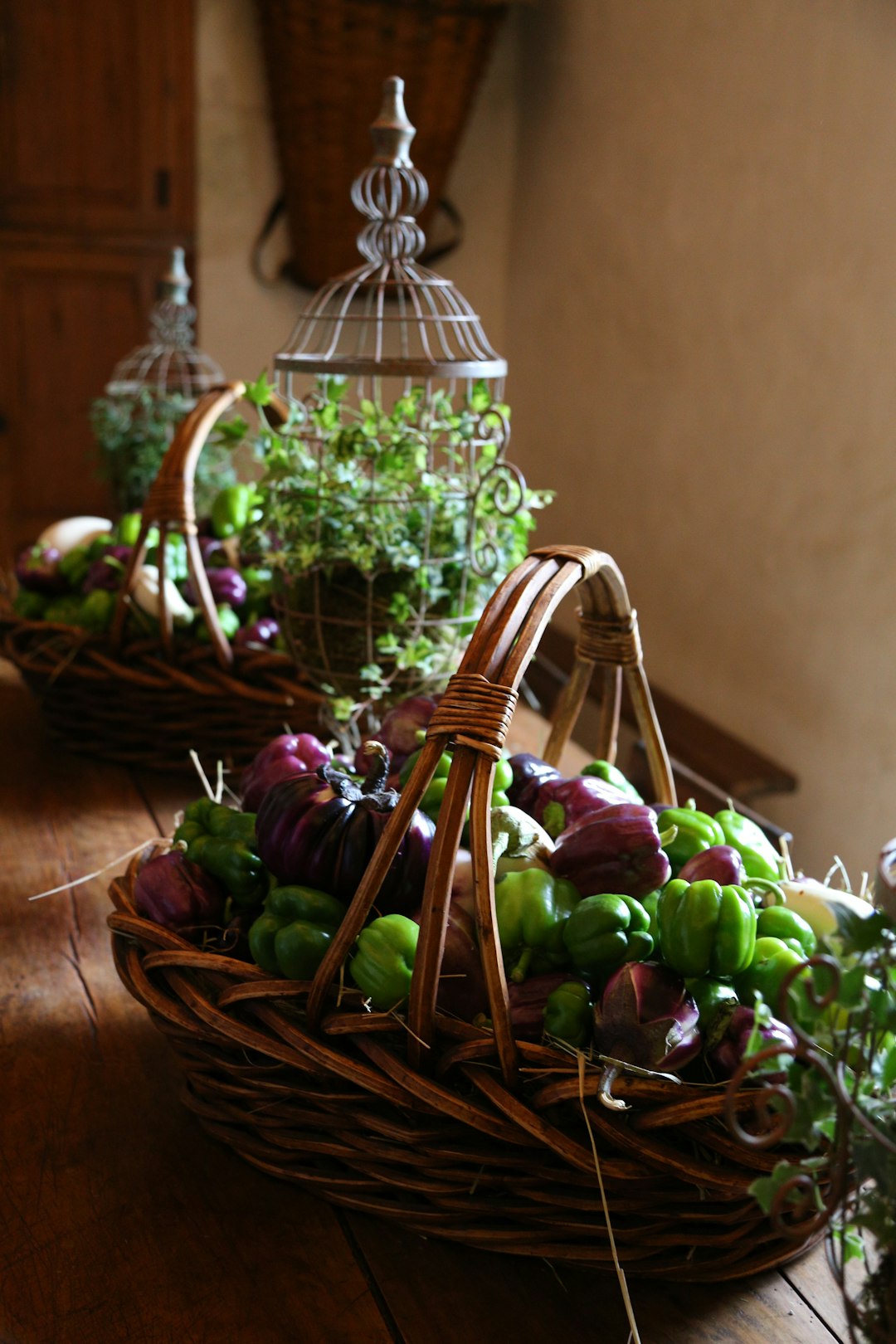
Pre - Summer Yard Care Essentials
Pre - Summer Yard Care Essentials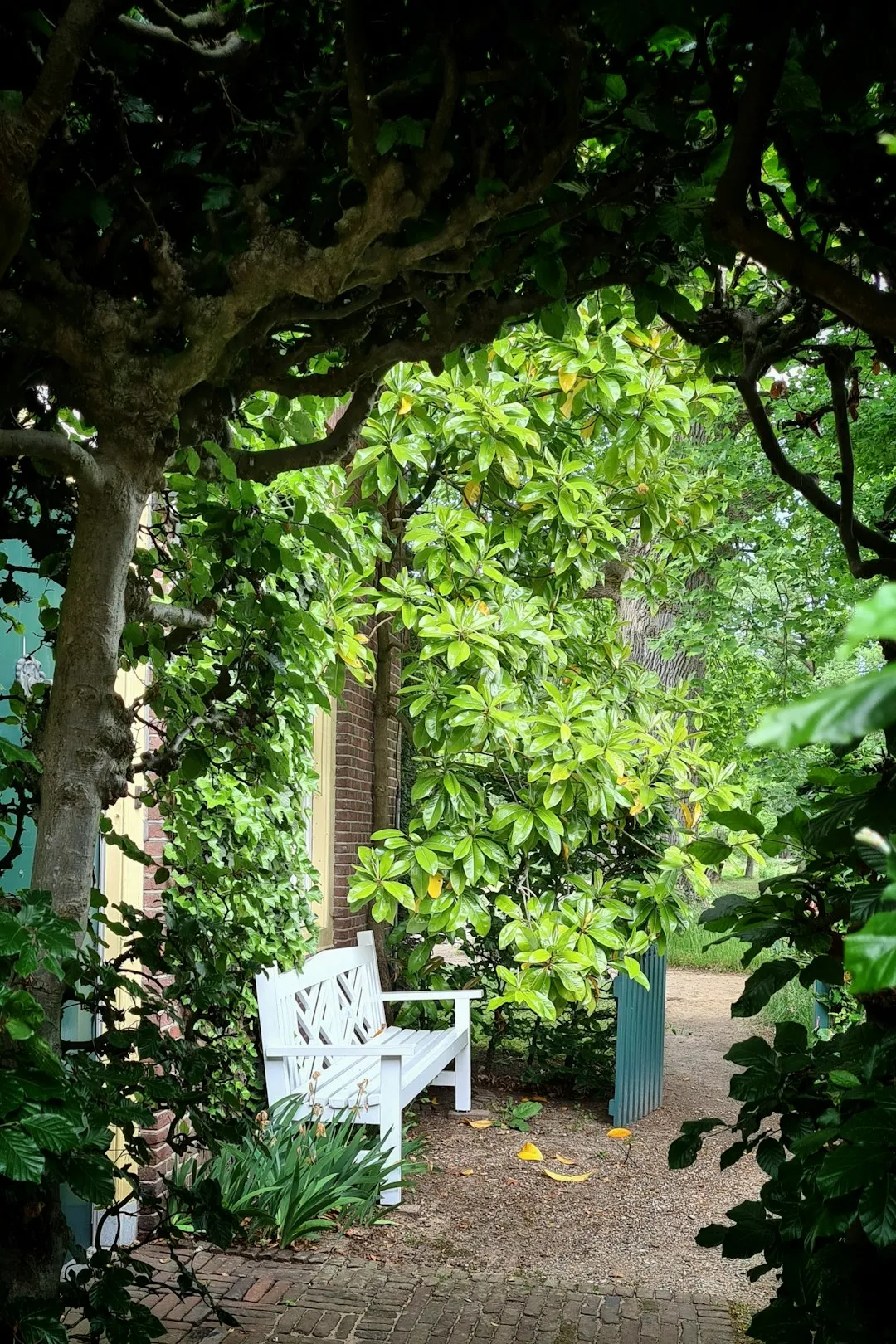
Weathering the Storm: Nurturing Your Garden in Extreme Conditions
Weathering the Storm: Nurturing Your Garden in Extreme Conditions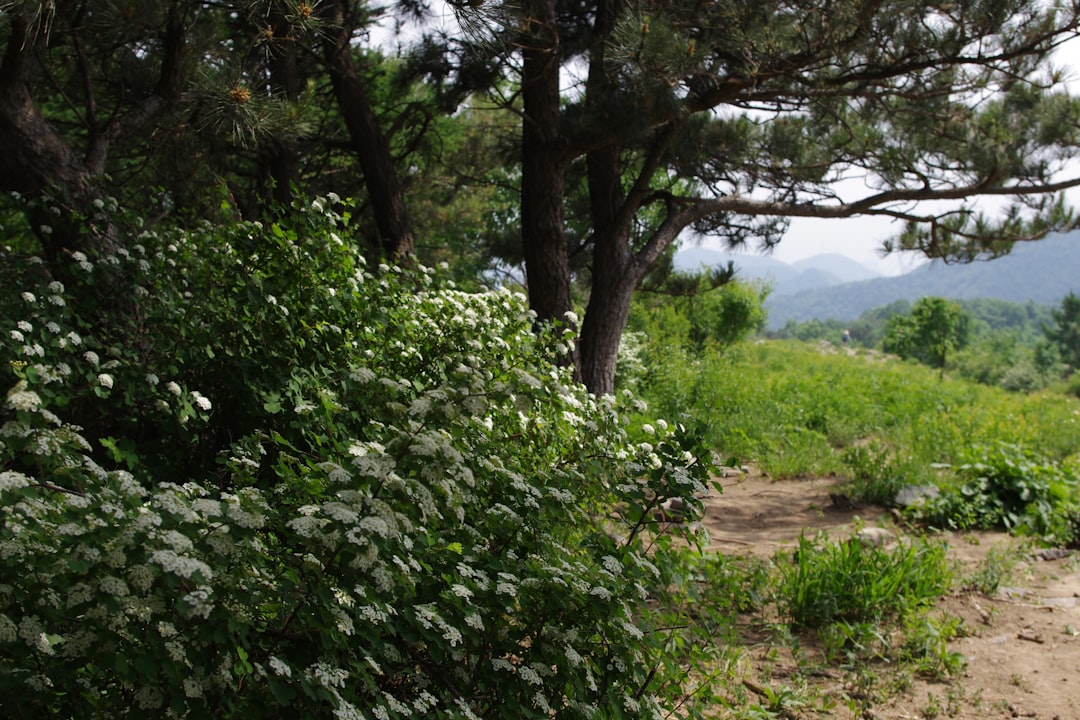
Summer Pruning: The 10 Flowering Plants to Leave Alone
Summer Pruning: The 10 Flowering Plants to Leave Alone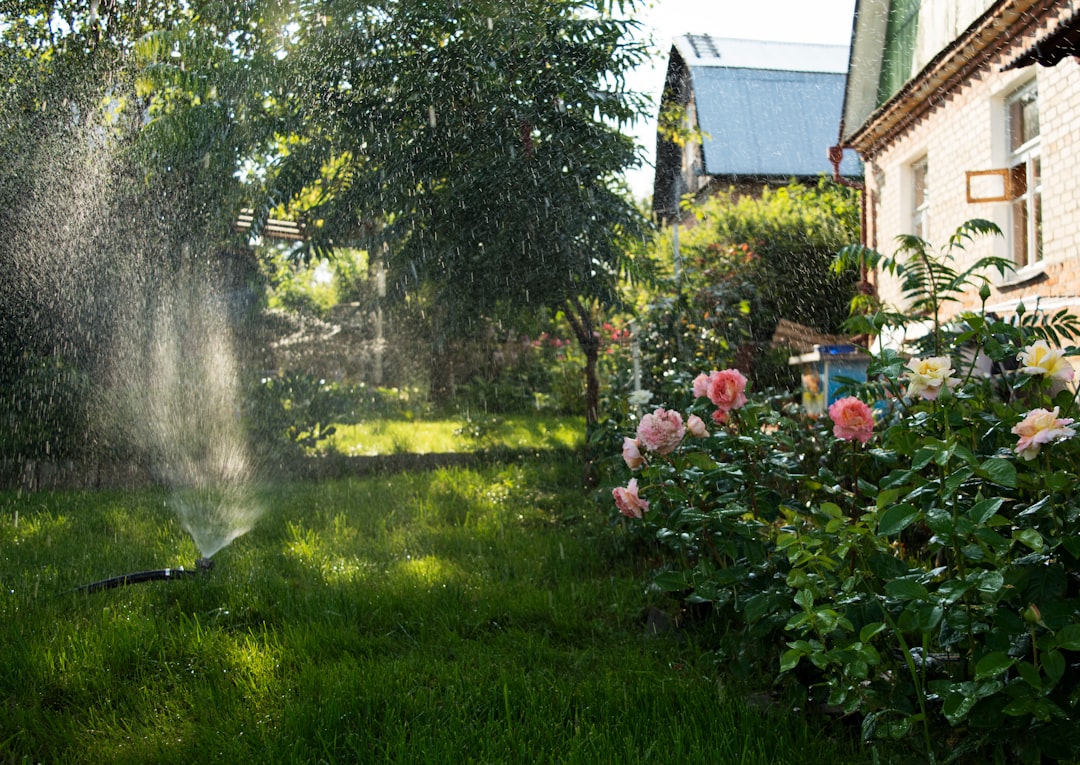
Unveiling the Hidden Gems of Perennial Gardening
Unveiling the Hidden Gems of Perennial Gardening
Unleashing the Beauty of Perennial Black - Eyed Susans in Your Garden
Unleashing the Beauty of Perennial Black - Eyed Susans in Your Garden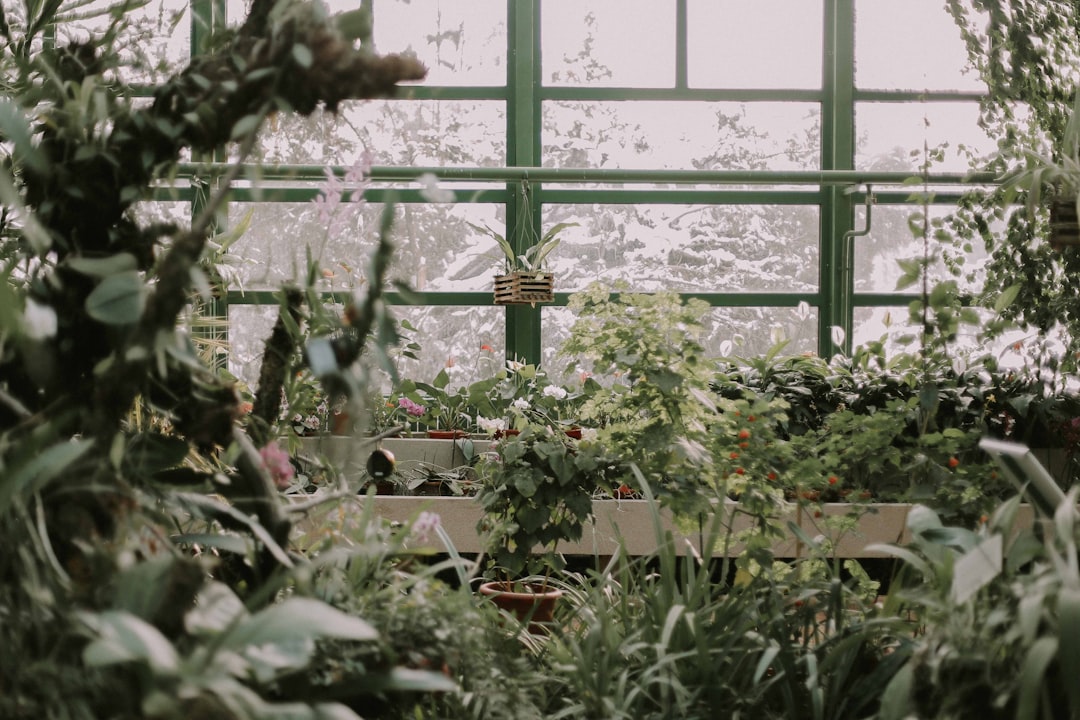
Unveiling the Secrets of Trillium Growth
Unveiling the Secrets of Trillium Growth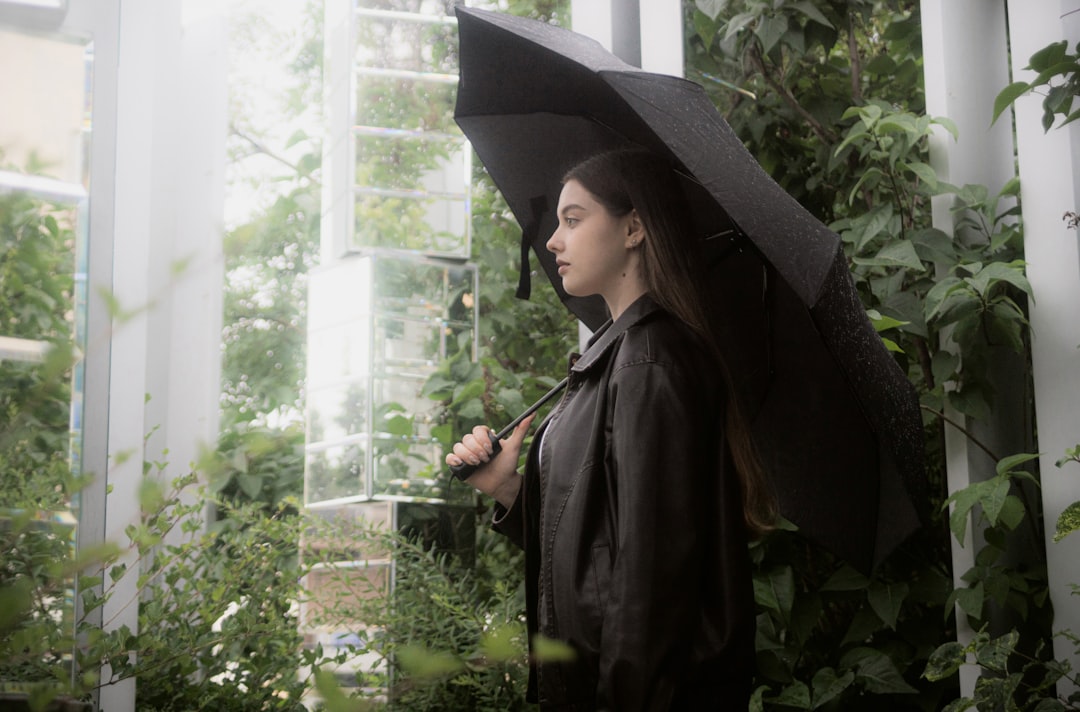
The All - Season Charm of Sedum Plants
The All - Season Charm of Sedum Plants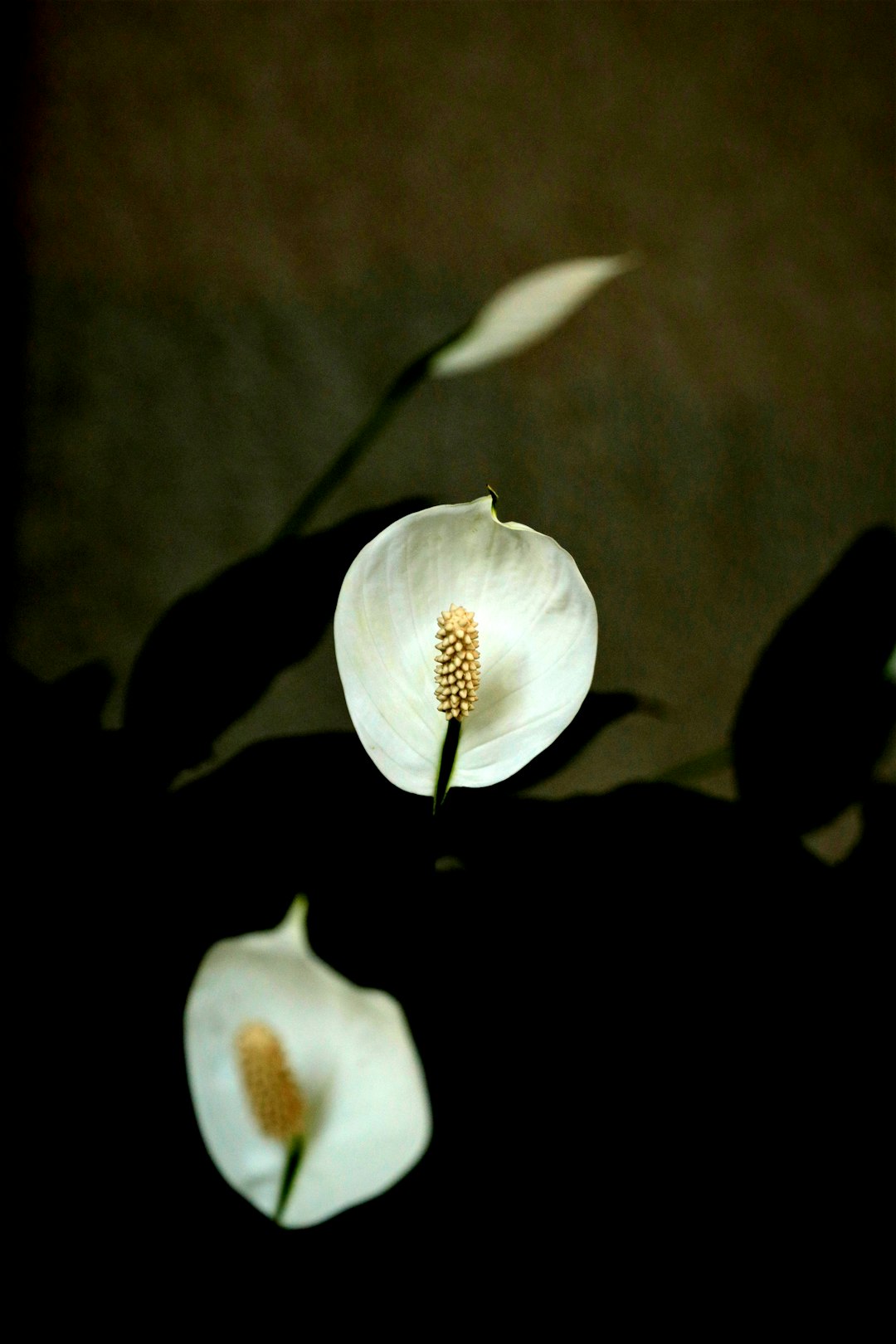
Banishing Snakes from Your Yard: Simple Solutions
Banishing Snakes from Your Yard: Simple Solutions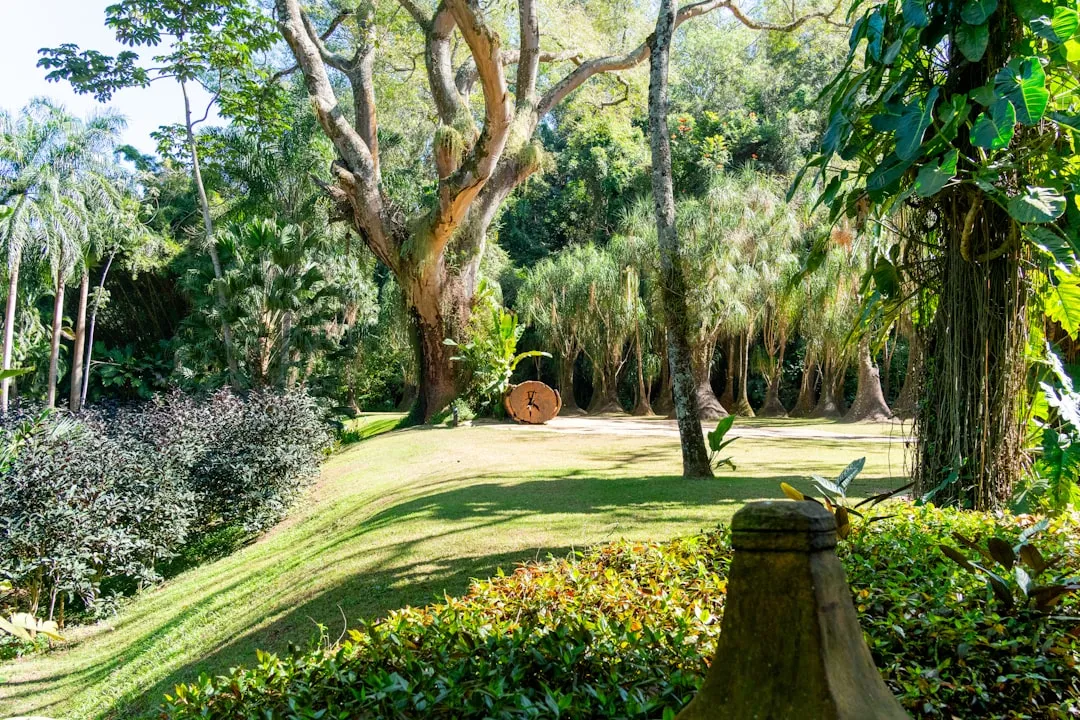
Secrets to a Bug - Free Garden: Conquering Squash Bugs Naturally
Secrets to a Bug - Free Garden: Conquering Squash Bugs Naturally
Transform Your Yard: Banish Crabgrass for Good
Transform Your Yard: Banish Crabgrass for Good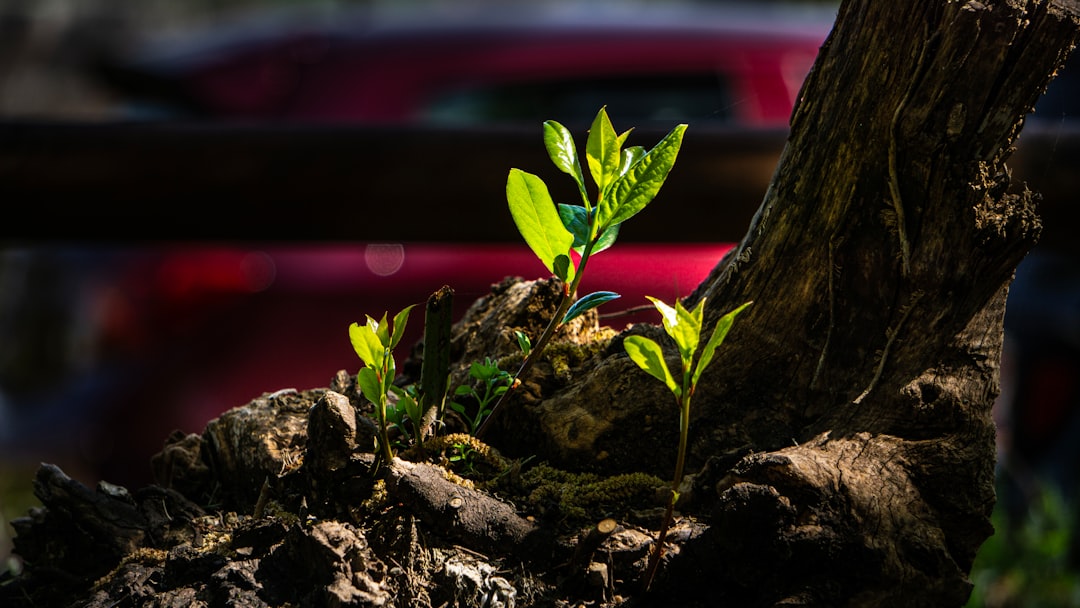
Unveiling the Wonders of a Low - Sun Garden
Unveiling the Wonders of a Low - Sun Garden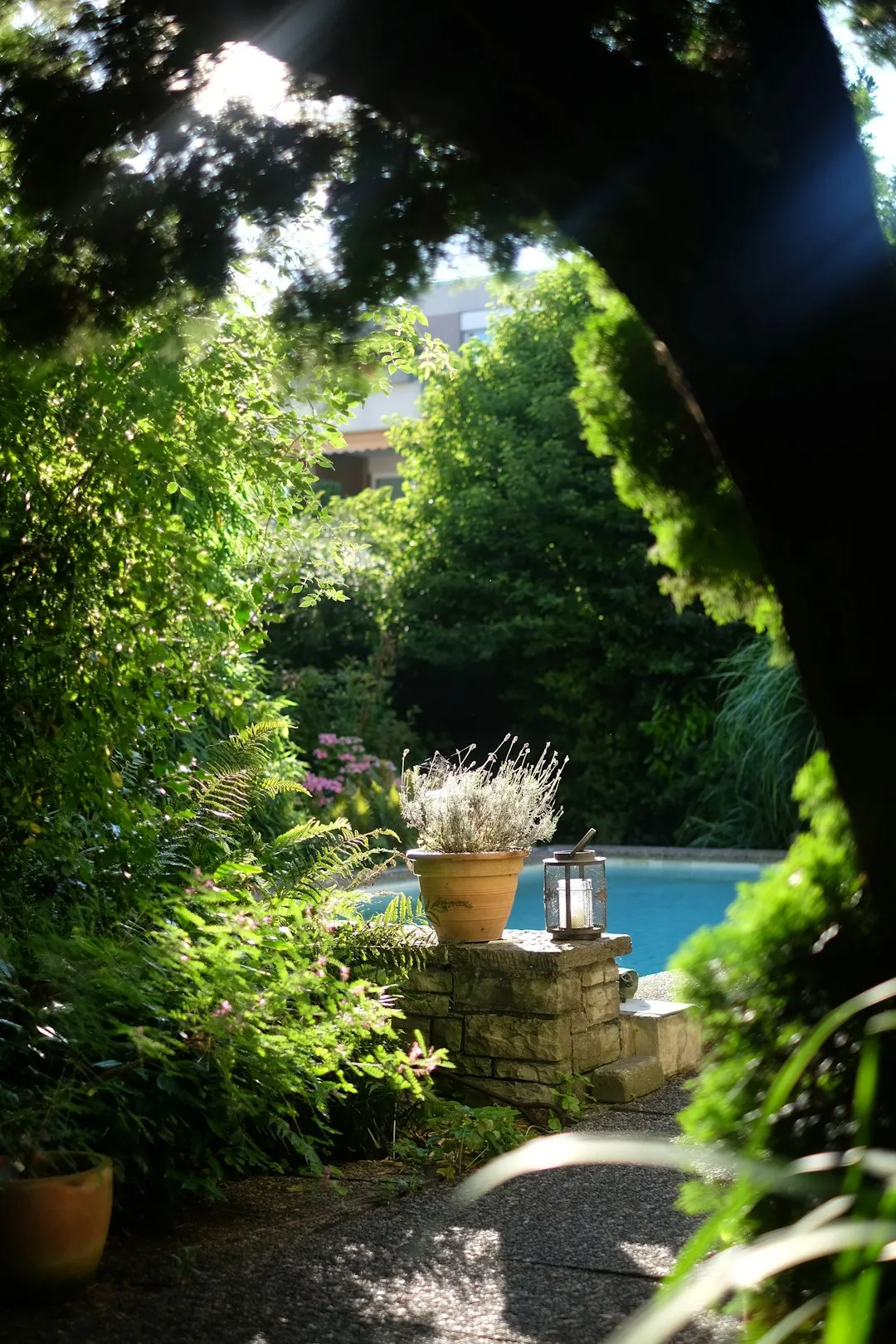
Unleash Your Garden's Potential: The Magic of Lasagna Gardening
Unleash Your Garden's Potential: The Magic of Lasagna Gardening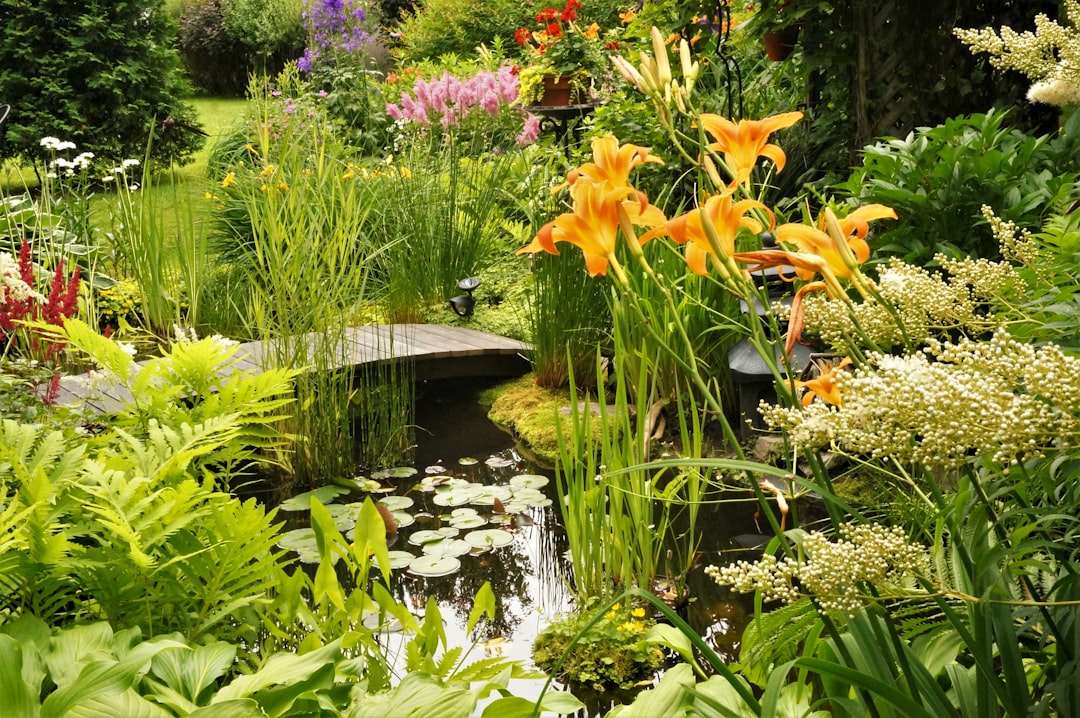
Unveiling the Mysteries of Lunar Gardening
Unveiling the Mysteries of Lunar Gardening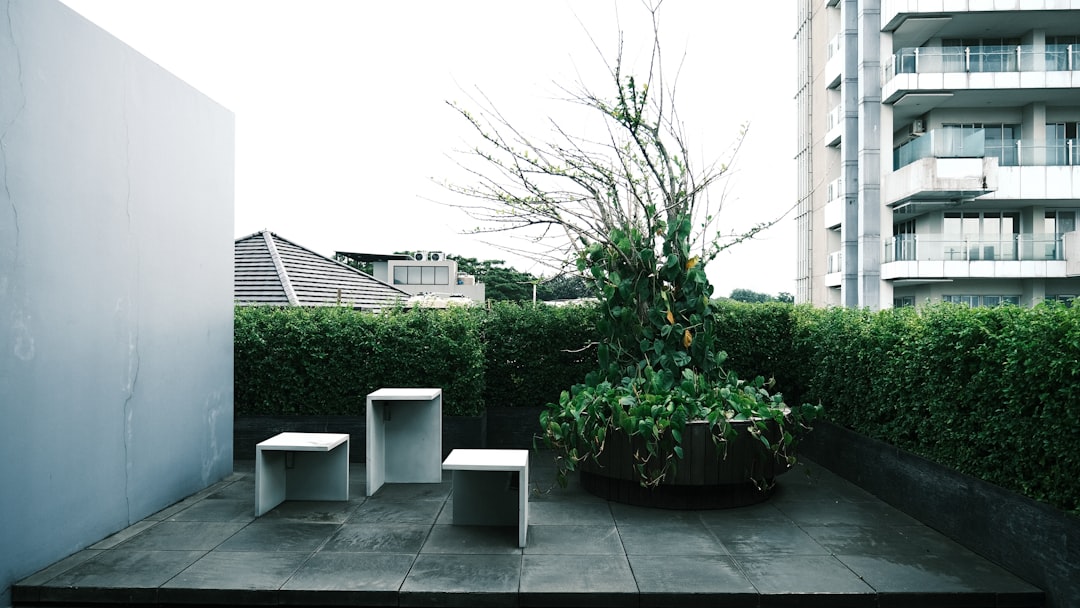
Unleash Your Inner Herbalist: A Guide to Indoor Herb Gardening
Unleash Your Inner Herbalist: A Guide to Indoor Herb Gardening